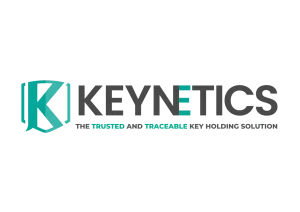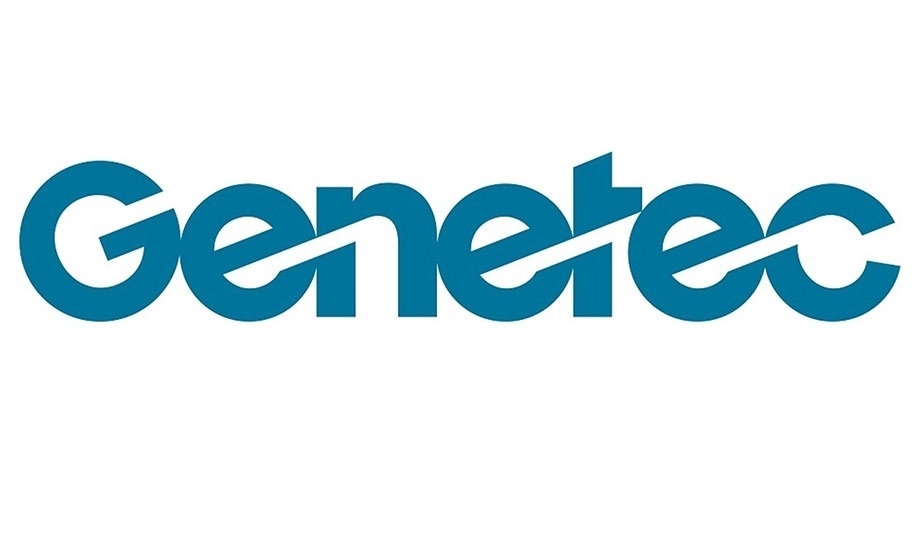Our Silver Sponsor, Micron, discusses securing your business while lowering TCO with VSaaS
Cloud and edge computing are driving video surveillance systems from on-premise managed schemes to cloud-based solutions. With the addition of software as-a service (SaaS) applications, the conventional video surveillance system is transforming into a Video Surveillance as
a Service (VSaaS) model.
The global IP video surveillance and VSaaS market is growing, particularly in the residential and small-to-medium business sectors. Valued at $18.51 billion in 2018, the market is projected to reach $52.98 billion by 2026—registering a CAGR of 12.9% from 2019 to 2026. As a result, huge volumes of data will be produced, requiring system optimization among data storage, data processing and
communication—revolutionising the VSaaS model. This solution brief describes VSaaS, how it can lower the TCO of a conventional video surveillance system, and how to select a suitable
VSaaS solution for your business.
VSaaS vs. Conventional Video Surveillance Systems
For most of business owners and managers, reducing expenses is a top priority. One way to do so is with technology. Technology can not only help make operating a business more efficient, it can also make it easier to lower certain expenses. Case in point: cloud-based services.
If you own or manage a business, you may be familiar with certain financial terms, including CapEx and OpEx. Both terms refer to business expenses, but in different ways:
• Capital Expenditures (CapEx) are funds used by a company to acquire, upgrade and maintain physical assets such as property, buildings, technology, and equipment. CapEx is often used to undertake new projects or investments by a company.
• Operating Expenses (OpEx) are the expenses a business incurs through normal business operations. Operating expenses include rent, inventory costs, marketing, payroll, insurance and funds for
research and development. The biggest benefit of OpEx is that it can be fully deductible, which means these expenses can be subtracted from revenue when calculating profit and loss.
In a 2017 Micron case study, a total cost of ownership (TCO) analysis was done on a video surveillance system implemented in a newly built manufacturing plant. In that case study, the total project value to deploy a 600-camera system was estimated at approximately $850,000 USD over a three-year contract term. (Figure 1 shows the project cost analysis in reflected relative percentages.) As described above, this conventional video surveillance system implementation would be
classified as a capital expenditure (CapEx). When looking at ways to reduce costs with implementing a video surveillance system such as this, one could look at reducing equipment/technology cost.
However, because a video surveillance system is an important investment for a business or company, reducing spending by purchasing low-quality equipment or legacy technology is not ideal. One way to achieve cost reduction is to consider a Video Surveillance as-a Service (VSaaS) implementation—where certain amounts of equipment are paid with a “pay-as-you-go” model, like an annual subscription plan, instead of with an upfront payment. In this way, the annual subscription fee could be classified as an operating expense (OpEx), which may be deductible.
If we do a simulation model and apply a VSaaS into the 2017 case study and analyse cost structure, approximately $60,000 USD in 3 years would be saved, based on a 23.85% worldwide statutory
corporate income tax rate3. This is because the cost of maintenance, equipment (network video recorder [NVR] and central monitoring system [CMS]), decommission and storage would be covered by a VSaaS subscription plan, which would reduce the cost of accessories and deployment of the NVR and CMS. Additionally, 30-32% of total project cost would move to “3-year VSaaS subscription fee”, which may be classified as OpEx. (This is a simulation model; consult your accounting team for your specific use case).
You can register for Security Buyer Live for free here.





















